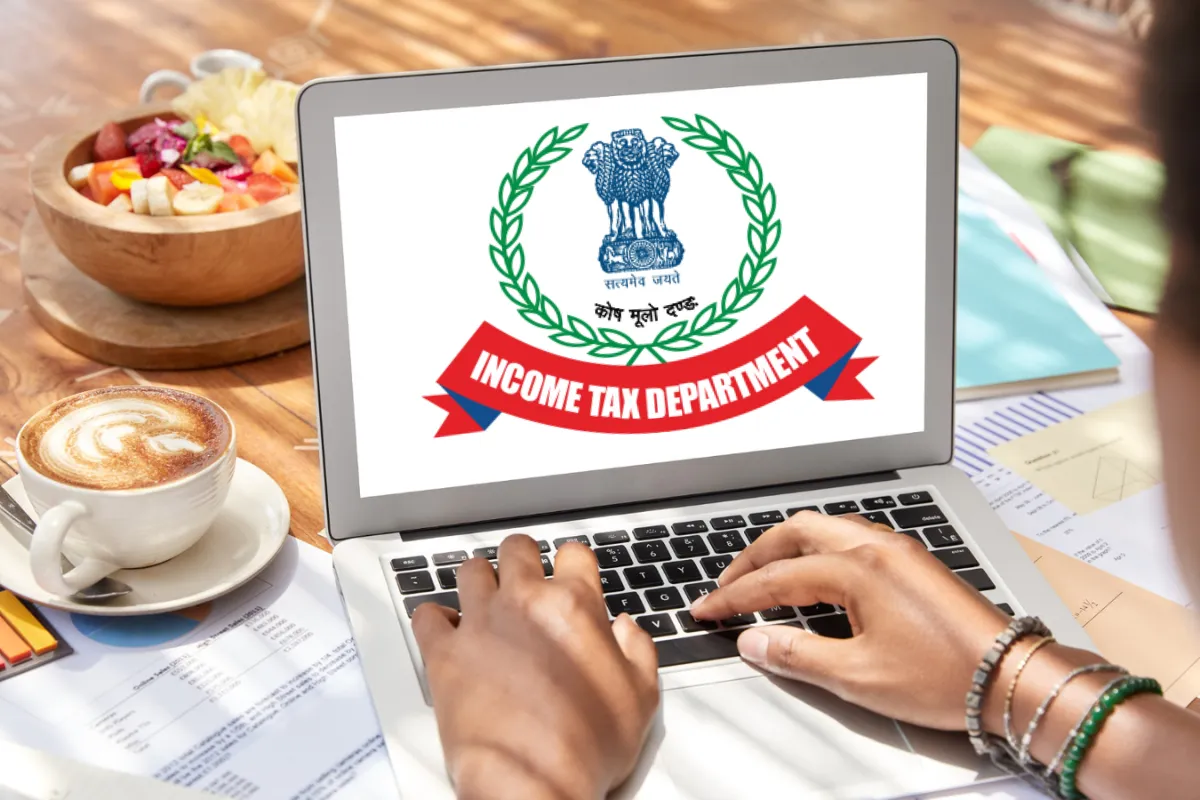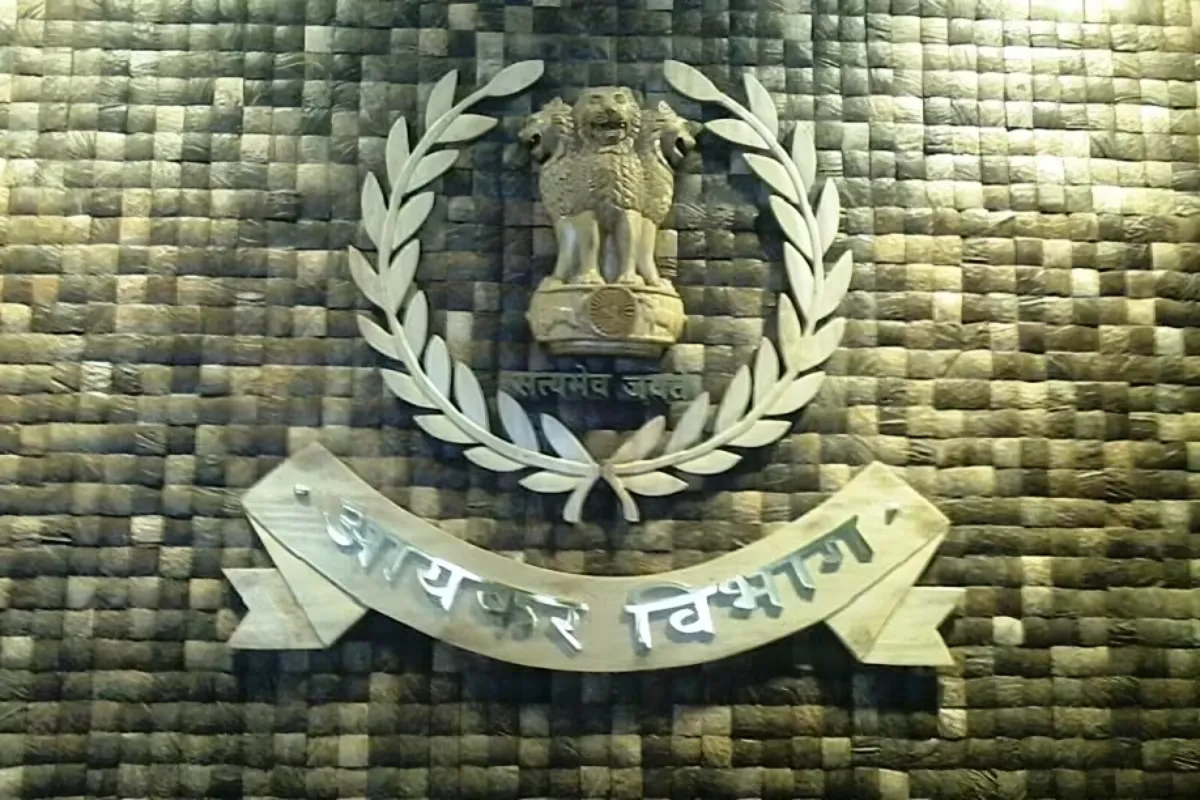Income Tax News: New rules detailing the Income Tax Return (ITR) scrutiny procedure for the financial year 2024–25 have been released by the Central Board of Direct Taxes (CBDT). The purpose of these recommendations is to be transparent with taxpayers about the reasons behind any potential selection of their ITRs for further review. Furthermore, the standards specify which particular instances will be given priority for scrutiny.
Focus on Tax Evasion Cases
As in the past, the CBDT continues to give top priority to identifying possible tax evasion. The purpose of information exchange between the CBDT and other authorities is to guarantee strong enforcement of tax compliance procedures. This proactive stance demonstrates the authority’s will to stop tax evasion.
Key Criteria for Scrutiny Selection
The selection criteria for tax return scrutiny include several important factors:
- Evidence of Tax Evasion: Returns showing signs of tax evasion will be prioritized for scrutiny to ensure compliance and detect any discrepancies.
- Non-Filing of Returns: Cases where notices calling for returns have been issued, but no returns have been furnished, will be closely examined.
- Escaped Assessment: Instances where income has escaped assessment will also be subject to scrutiny.
Mandatory Scrutiny Cases
The new guidelines specify certain scenarios where scrutiny is compulsory:
- Survey-Based Assessments: Assessments resulting from section 133A surveys—excluding section 133(2A surveys—that provide proof of tax evasion will be chosen for required examination. According to section 143(2), these matters must be referred to Central Charges within 15 days of notice being issued and require prior administrative permission from senior tax authorities.
- Search and Seizure Prior to April 1, 2021: Assessments in search and seizure cases must be conducted under section 153C, in conjunction with section 143(3). For ITRs filed for the assessment year corresponding to the year of search or requisition under section 132, scrutiny will be initiated with prior administrative approval. These cases, too, must be centralized within 15 days of the notice issuance.
Notices and Actions
- Notice under Section 143(2): Issued if the case is not centralised and the ITR is filed in response to a notice under section 153C.
- Notice under Section 142(1): Issued if the case is not centralised and no ITR is filed in response to a notice under section 153C.
Non-Filing of Returns
For cases where no return has been filed in response to a notice under section 142(1), jurisdictional assessing officers must upload relevant documents to the Income Tax Business Application (ITBA). These cases are then forwarded to the National Faceless Assessment Centre (NaFAC) for further action.
Impact on Taxpayers
The introduction of these guidelines is expected to bring several benefits to taxpayers:
- Reduced Arbitrary Selection: A more fair procedure is achieved by minimising the likelihood of arbitrary or random selection through the use of particular inspection criteria.
- Transparency: The particular grounds for inspection will be clear to taxpayers, enabling them to gather the required paperwork and justifications.
- Enhanced Compliance: Taxpayers are probably going to file their returns more carefully and accurately if they are aware of the precise standards for examination.
- Deterrence of Tax Evasion: Well-defined policies could deter taxpayers from taking part in actions that would trigger scrutiny, hence improving compliance.
Procedure for Scrutiny Selection
The jurisdictional assessing officer compiles a list of cases that meet the requirements as part of the procedure. After being accepted by high-ranking tax authorities, this list is sent to the Directorate of Income-tax (Systems) for further scrutiny.
Keep watching our YouTube Channel ‘DNP INDIA’. Also, please subscribe and follow us on FACEBOOK, INSTAGRAM, and TWITTER.











